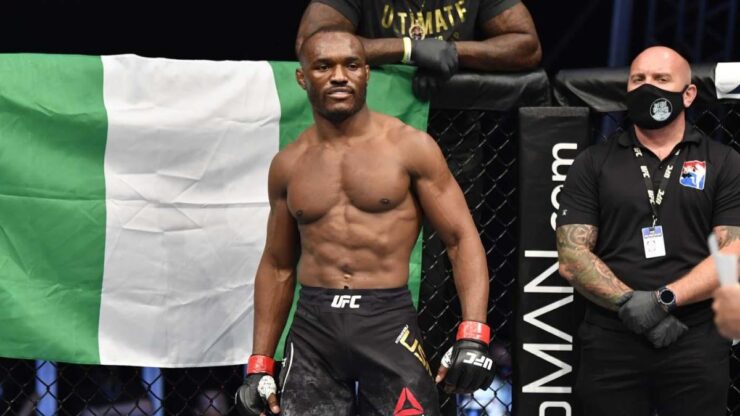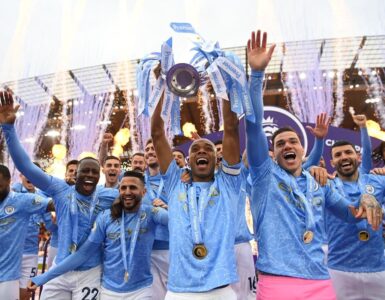How do traditional arts organizations respond to turbulent times?
Louisville, Ky. has been a center of protest since Breonna Taylor was killed by police a year ago, this month. Two prominent musicians in the city, an unusual pair, are collaborating in response: On one hand, there’s Jecorey Arthur – a rapper who, as of last year, became Louisville’s youngest elected official as a city councilor – and on the other there’s Teddy Abrams, conductor of the Louisville Orchestra, where he became music director seven years ago while still in his mid-20s. The two are now teaming up for a livestreamed concert this Saturday night as part of the program “LOVE,” or Louisville Orchestra Virtual Edition.
Jecorey Arthur and Teddy Abrams spoke with NPR’s Ari Shapiro about the legacy of Black music and the role artists have in times of upheaval. Hear the radio version at the audio link, and read on for an edited transcript.
This interview has been edited for length and clarity.
Ari Shapiro: So, before you tell us what the audience at home will actually hear in this program, tell us what you were hoping to achieve with this performance.
Teddy Abrams: So, I think like every person in the arts – and especially large arts institutions – we’ve all been asking ourselves for this this last period, what we can all do to address [these obvious] issues of equity … and there has been a relationship between the Louisville Orchestra and Jecorey Arthur and me that I think is really special and natural. It seems like the perfect opportunity here — just about a year after the killing of Breonna Taylor — to do something that specifically used Jecorey’s incredible talents across the board to tell the story of Black music using the orchestra as the platform, but using the subject matter as a way of transcending the genre of orchestral music.
Article continues after sponsor message
Jecorey, what are you trying to do with this program and what do you hope the audience specifically gets out of tomorrow night?
Jecorey Arthur: Everything that Teddy said, but also realizing the throughline of where we are today, in terms of American music and how it is a reflection of Black music, a reflection of Negro spirituals that were sung on plantations by enslaved Black people, and how that music really led us from the spirituals themselves. Through blues to R&B, rock and roll, hip-hop, these Negro melodies that are religious and bold and married, and they got us to where we are today.
And so what does that sound like in practice? I mean, when people tune in, what are the pieces that advance that mission?
Teddy Abrams: So, it starts with a piece in the more European classical tradition. The first part of the program is going to be me — for some reason — taking on a crazy task. But that’s kind of what we do here in the Louisville Orchestra, playing and conducting the Ravel Piano Concerto, which …
You’re playing the piano and also conducting the orchestra.
Teddy Abrams: That’s the plan.
Let’s let’s listen to a bit of this Ravel concerto. The recording we have here is Krystian Zimerman with the Cleveland Orchestra, but it gives a sense of what you’re going to be doing. And so, this is kind of traditional classical music that you would expect from an orchestra, and then it evolves in an interesting way — Jecorey, what else is on the program?
Jecorey Arthur: We’re also looking at a wide range of genres. The Negro spirituals, of course, such as “Go Down Moses,” which is a spiritual that calls for freedom from slavery. We’re looking at blues, W.C. Handy’s music, Ella Fitzgerald, a little bit of Aretha Franklin. We’re looking at all sorts of genres from the early emancipation of slavery all the way up to where we are now, which, of course, hip-hop being one of the more popular genres. We’ll close with a hip-hop track called “The Show” by Doug E. Fresh and Slick Rick.
“Go Down Moses,” Paul Robeson
YouTube
What do you think your genres can teach each other from these kinds of collaborations?
Jecorey Arthur: I think to a certain extent, when we talk about audiences, a part of what we do is to make people realize they’re part of the same audience. You know, when you look at Western music and you really strip it down note by note, we have the same rhythms, the same 12 notes that we pull from, a lot of the same instrumentation. We’re really just trying to show people that music is music. And you can go from one genre to the next, such as Teddy does, or such as I do — seamlessly, and really show people to do the same in appreciating, on the listening part. We also do the same when we enter classrooms, making sure that everyone feels like they’re a part of the music-making and that their experiences is reflected on that stage.
And Teddy, how do you approach this? I mean, how much of it is about just fighting the classical music slide towards an aging subscriber/supporter base that is is not going to be around forever and is not going to feel relevant forever?
Teddy Abrams: Tiny Desk Concert
TINY DESK
Teddy Abrams: Tiny Desk Concert
Teddy Abrams: Well, I think that you have to do it in a way that makes everybody feel proud and like they belong to what’s happening at the orchestra. That, if you program in such a way that it feels like you’re forcing an ideology onto an audience, they will never buy into it. That idea of getting the audiences to be excited about it and be the driving force is my mission, so that it doesn’t feel like it’s something that I want to do. And I’m telling them now: you have to listen to things in a way that it doesn’t make you feel comfortable, or like you have ownership over.
You know, there’s this old line art is not a luxury, it’s a necessity. And after a year like this, when Louisville saw so much turmoil and upheaval: the pandemic, the Breonna Taylor killing, the protests, the calls for accountability. Tell me how you view that necessity. What do you, as artists, need to do?
Teddy Abrams: I believe that our role has has become even more important. Because as we rebuild — and Louisville has a lot of rebuilding [to do], more rebuilding than most because of everything that’s happened here — you want the artists to be leading those conversations. They’re the ones that see clearly the connections between people and strive to break those those barriers down. We’re the ones that should be at the table talking about the future of our communities and our cities, not the thing that gets dealt with when everything else is funded and paid for and taken care of.
Well, Jecorey, I’d love to hear you address this, because as someone who is both a musician and a city councilor, how do you think about the relationship between, on the one hand, artistic expression and activism and, on the other hand, political engagement and policy?
Jecorey Arthur: Well, you got to realize that even Teddy and I talking to you — Teddy and I having a relationship — is a threat to the status quo. Focusing on making the world better musically, but also educationally and politically. And now we’re at a point where we’re almost trading in those those educational and those musical accolades for demands that are going to be long-term systemic change, through politics. So, when you unpack everything that Teddy and I are about, it’s the same mission: to improve this world, make this world better. But now, it’s just not the school hall. It’s not just the concert hall. It’s also city hall.




























